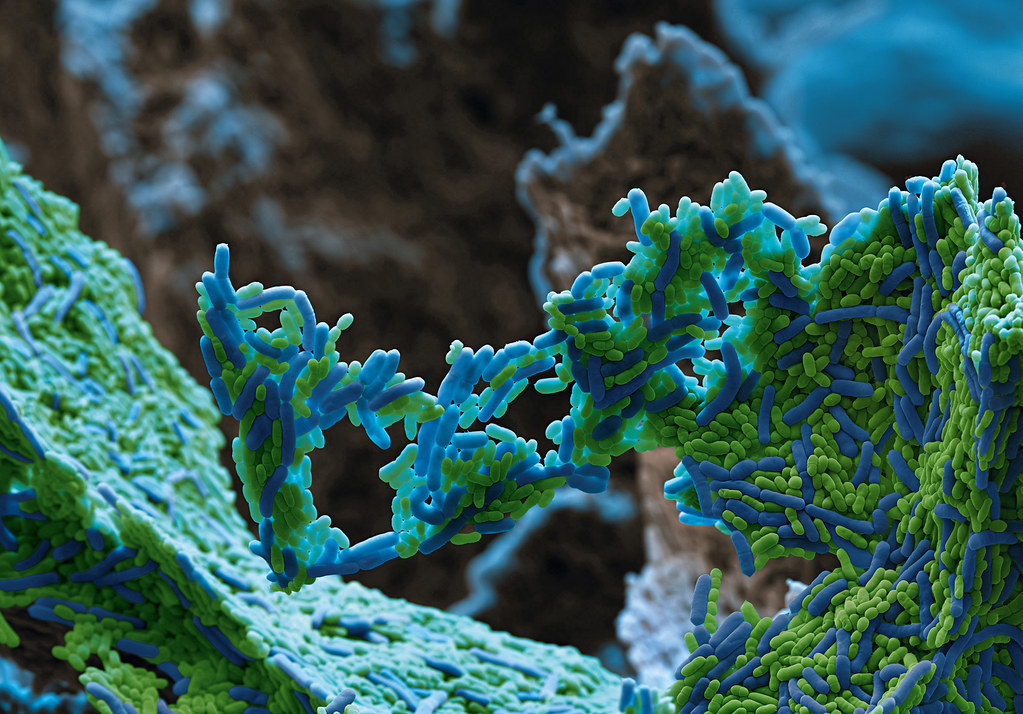Imagine plunging below the ocean’s surface, expecting vibrant coral gardens and teeming schools of fish—only to find a barren, lifeless wasteland of broken skeletons and empty sand. For millions around the globe, this is now a reality. Coral reefs, once called the “rainforests of the sea,” are vanishing at an alarming rate. But just as hope seems lost, a wave of innovation is crashing into the depths: 3D-printed reefs. These artificial structures are turning the tide in marine conservation, combining cutting-edge technology with nature’s resilience to rebuild habitats and breathe new life into our oceans.
Why Are Coral Reefs in Crisis?
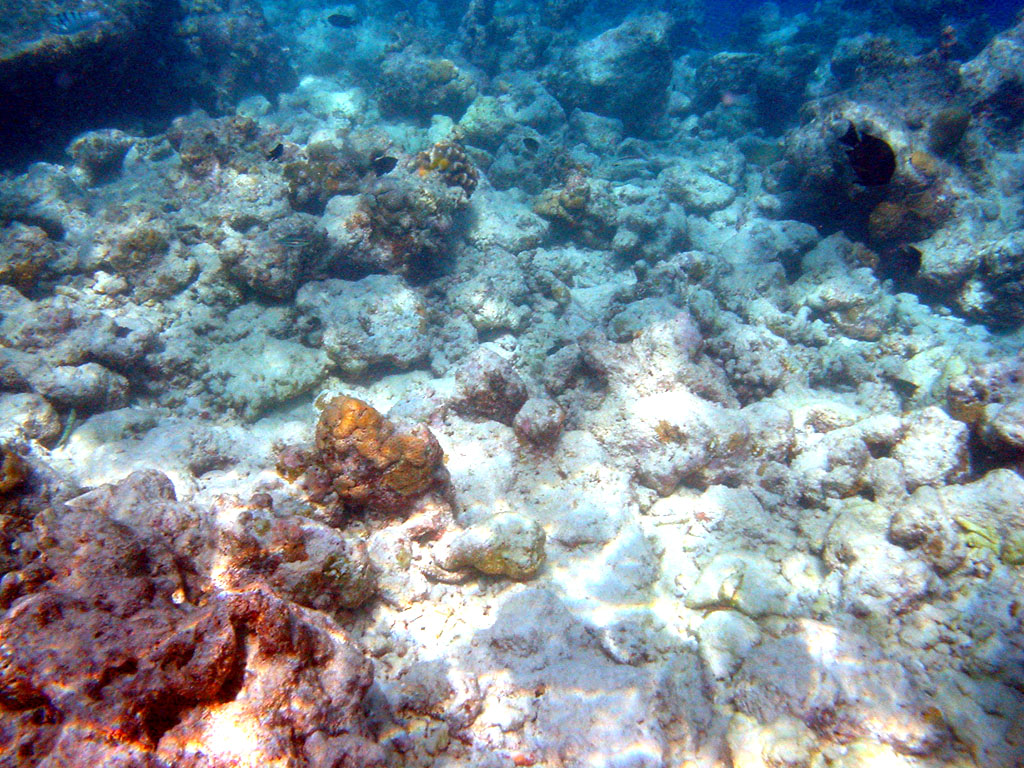
Coral reefs face threats as fierce as any natural disaster. Rising ocean temperatures, pollution, destructive fishing, and relentless coastal development have left reefs battered and broken. Scientists estimate that half the world’s coral reefs have already been lost, and many others teeter on the edge. Without intervention, some fear these underwater cities could disappear within a few decades. The loss isn’t just ecological—millions of people rely on reefs for food, tourism, and protection from storms. The urgency to find solutions has never been greater.
The Science Behind 3D Printing in the Ocean
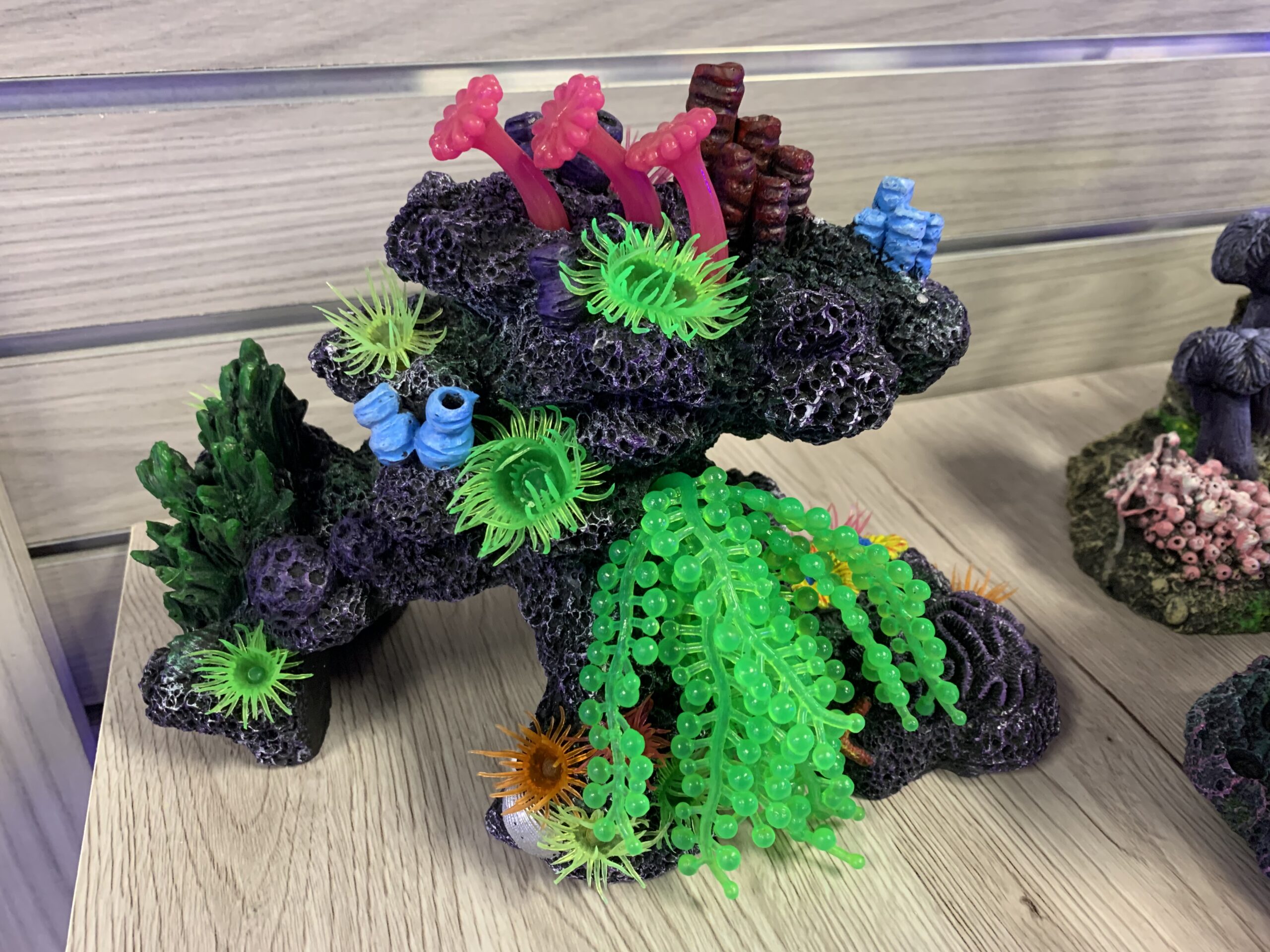
3D printing, once the domain of hobbyists and high-tech labs, is now making waves in marine science. By layering materials like sand, limestone, or special eco-friendly concrete, engineers can create intricate, custom-designed reef structures. These artificial reefs mimic the complex shapes and textures of natural coral, giving marine life places to hide, breed, and thrive. The beauty of 3D printing is its precision: each structure can be tailored for specific species or local conditions, offering a level of detail impossible with traditional building methods.
How 3D-Printed Reefs Mimic Nature

A healthy coral reef is a labyrinth of nooks, crannies, and archways—each home to a different creature. 3D-printed reefs capture this complexity by using digital models to recreate the wild geometry of natural corals. Some projects even scan real coral heads to reproduce their exact shapes. This attention to detail is vital, as many fish and invertebrates are picky about where they settle. The more lifelike the structure, the quicker marine life moves in and the faster the reef recovers.
Benefits for Marine Biodiversity

The impact of 3D-printed reefs on marine life is nothing short of astonishing. Studies show that these artificial structures attract a dazzling array of species, from tiny shrimp to curious groupers and nimble sea turtles. By providing shelter and breeding grounds, they help struggling populations bounce back. In some locations, fish have returned within weeks, and corals have begun to anchor themselves to the new surfaces. The result is a blooming ecosystem where there was once only emptiness.
Real-World Success Stories

From the azure waters of the Maldives to the bustling ports of Hong Kong, 3D-printed reefs are rewriting the story of marine restoration. In Australia, researchers deployed giant 3D-printed “coral tiles” on the Great Barrier Reef, quickly attracting juvenile corals and fish alike. In Monaco, artificial reef units shaped like giant honeycombs have sparked the return of octopuses and lobsters. Even in polluted harbors, these structures are reviving marine life and improving water quality, proving that hope is not lost.
Sustainable Materials: Building for the Future
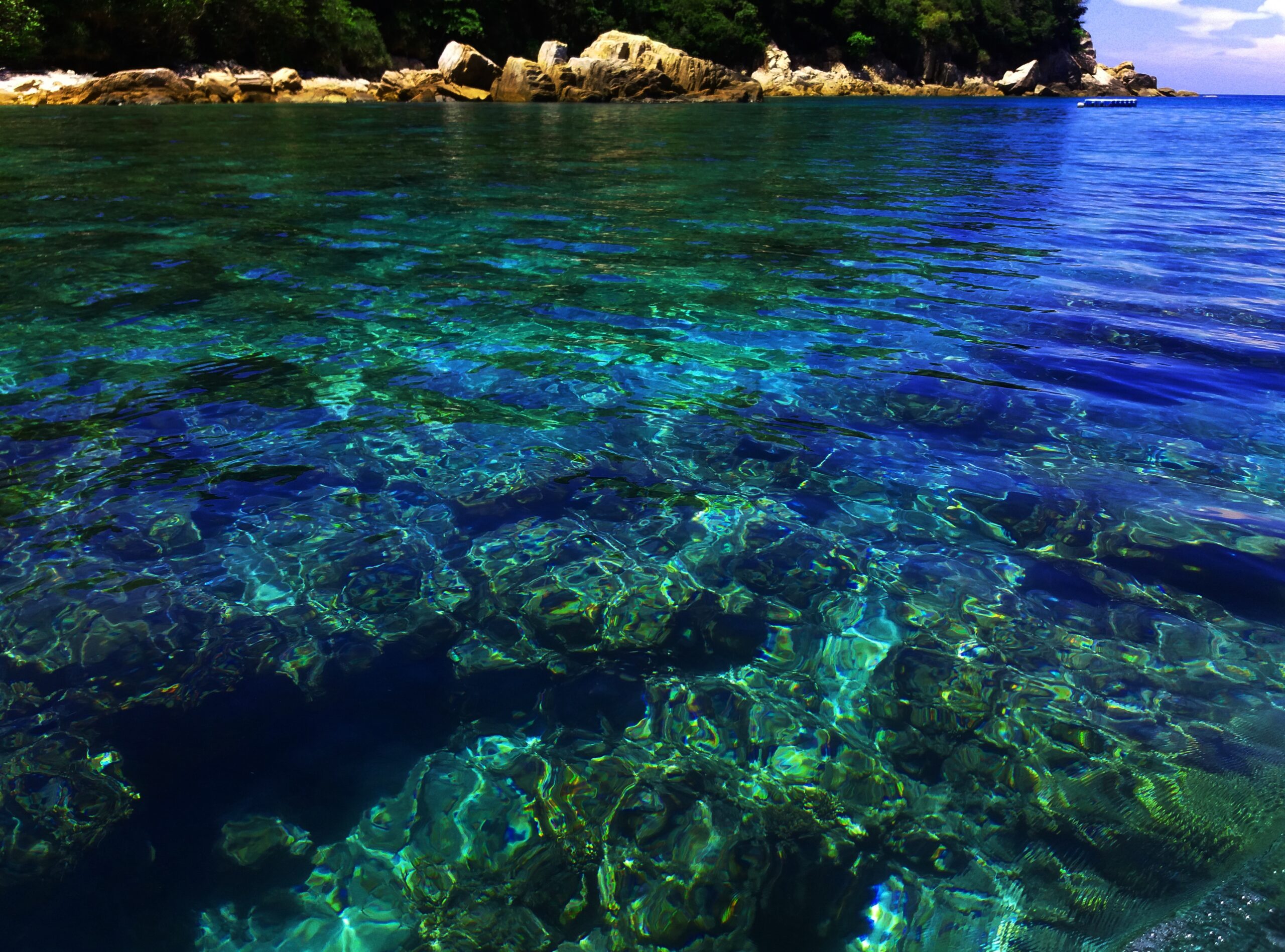
A key challenge in designing 3D-printed reefs is choosing materials that are both durable and ocean-friendly. Many projects use specially formulated concrete that mimics the chemical makeup of natural reefs, encouraging coral larvae to settle. Some innovators are exploring biodegradable options or recycled materials, turning waste into life. By avoiding plastics and toxic substances, these reefs become safe havens—not hazards—for marine creatures.
Healing After Storms and Bleaching Events
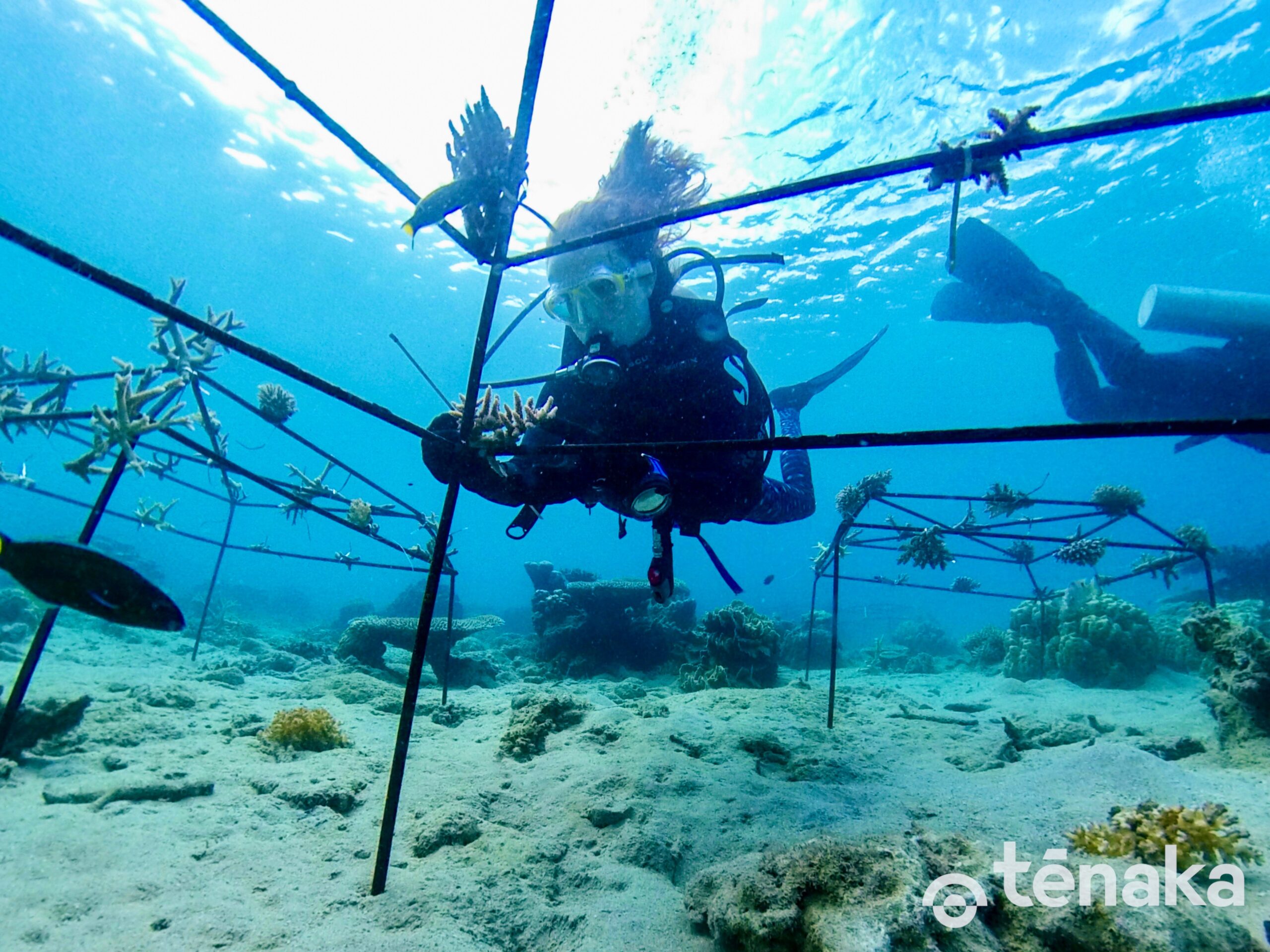
When hurricanes or heatwaves strike, natural reefs can be shattered overnight. 3D-printed structures offer a lifeline, quickly filling the gaps left behind. After a massive bleaching event, scientists in the Caribbean deployed artificial reef modules to stabilize the ecosystem. Within months, new corals were growing, and fish returned to the area. These rapid interventions help reefs recover faster, buying time while the climate crisis is addressed.
Supporting Local Communities
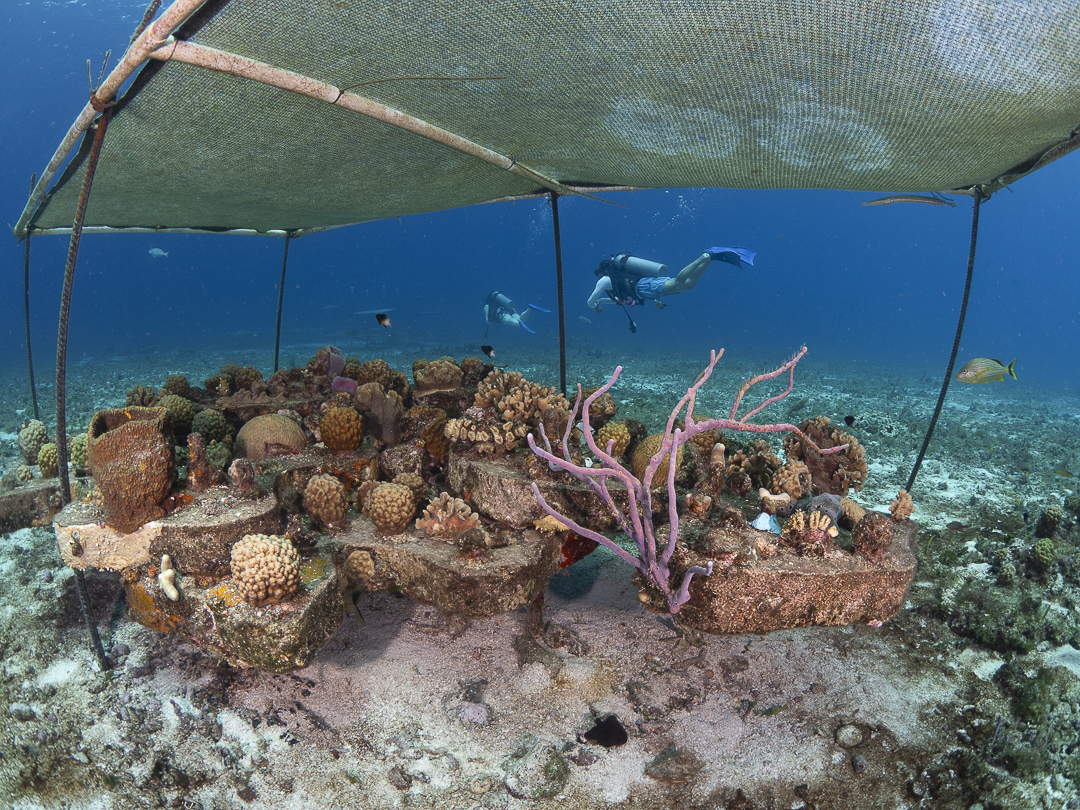
Coral reefs are more than just pretty underwater landscapes—they are the backbone of many coastal economies. 3D-printed reefs help restore fisheries, boost tourism, and protect shorelines from erosion. In some places, local fishers are trained to help install and monitor the reefs, blending traditional knowledge with modern innovation. These projects create jobs, foster pride, and bring hope to communities that depend on healthy oceans.
Challenges and Limitations
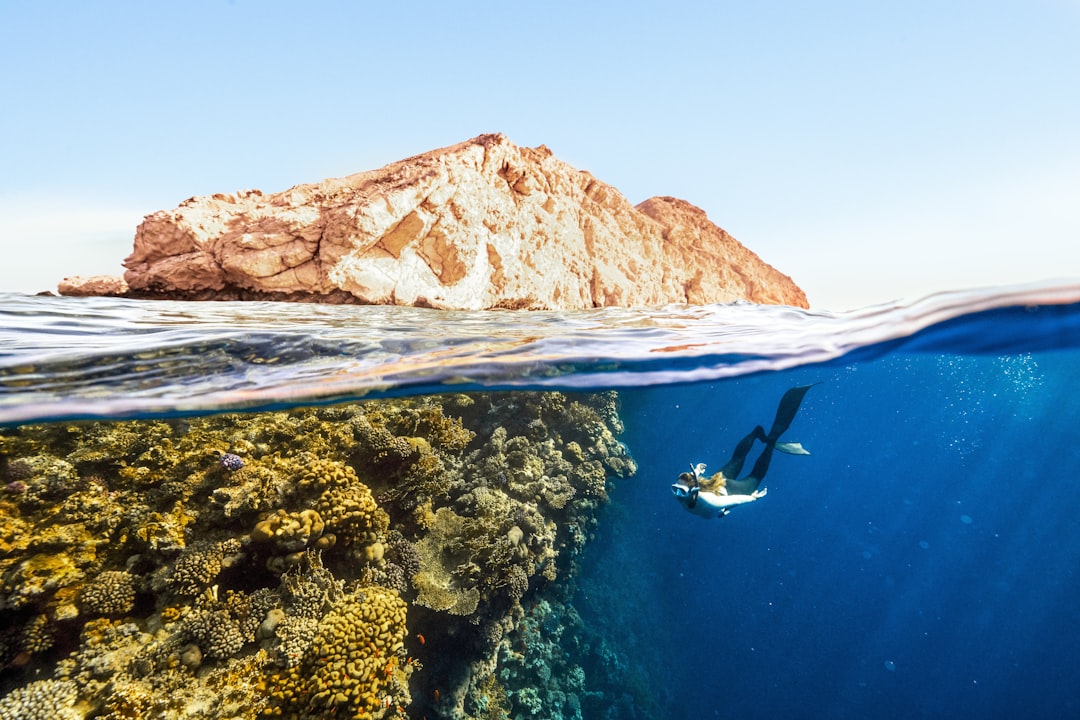
Despite their promise, 3D-printed reefs are not a silver bullet. Building and deploying large structures is expensive, and scaling up to cover vast reef areas is a daunting task. Not all materials are equally effective, and some artificial reefs may not attract the desired species. There’s also a risk that focusing on artificial reefs could distract from the urgent need to tackle pollution and climate change. Every project must balance innovation with responsibility to avoid unintended harm.
The Future of 3D-Printed Reefs
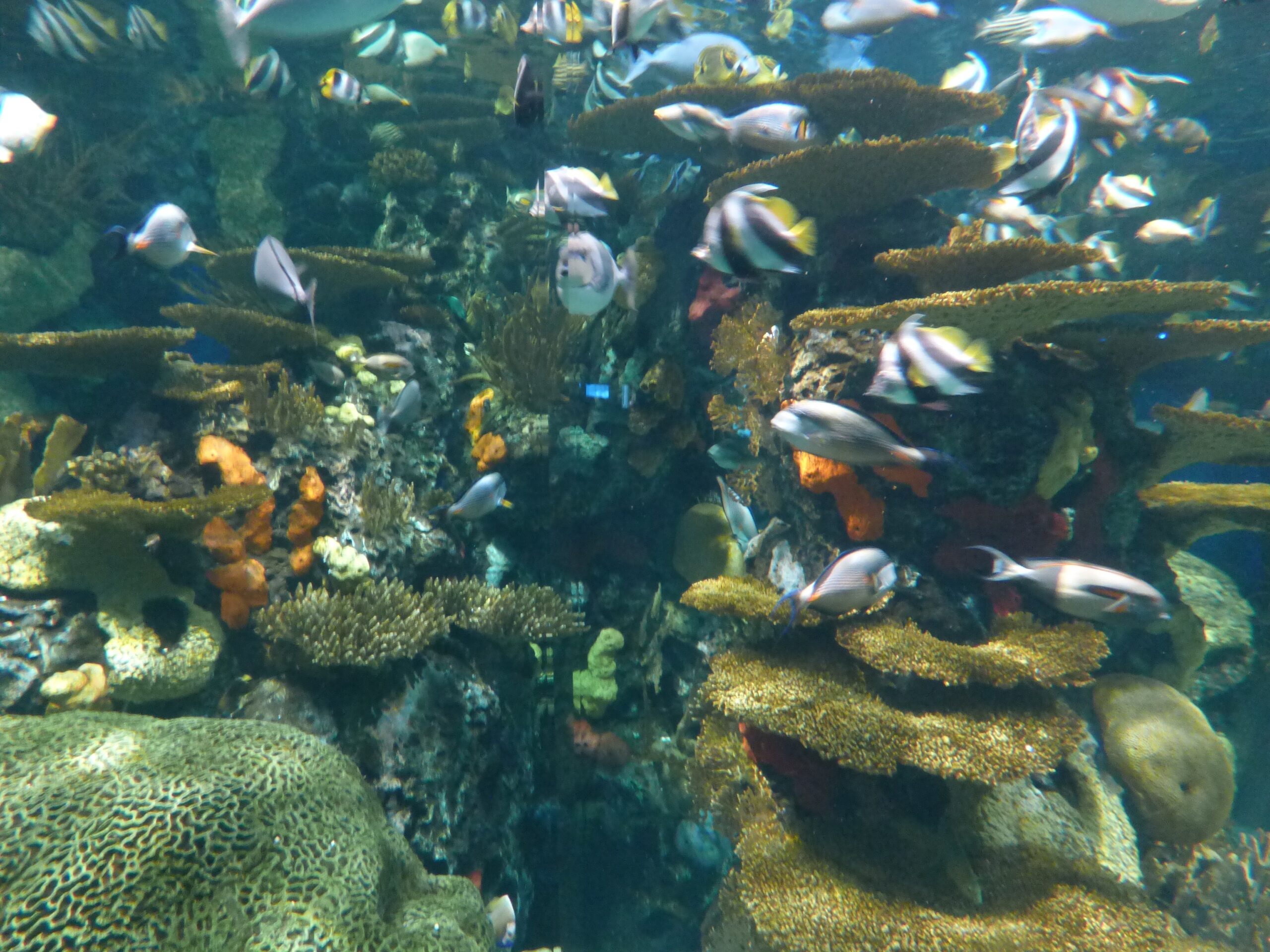
The story of 3D-printed reefs is still being written. Scientists and engineers are experimenting with smarter designs, including reefs that adapt and grow with their environment. New projects are exploring how to combine living coral fragments with printed structures, creating hybrids that are both artificial and alive. The dream is to restore entire reef systems, not just patch up the wreckage. As technology advances, what once seemed like science fiction is fast becoming reality.
What Can You Do?
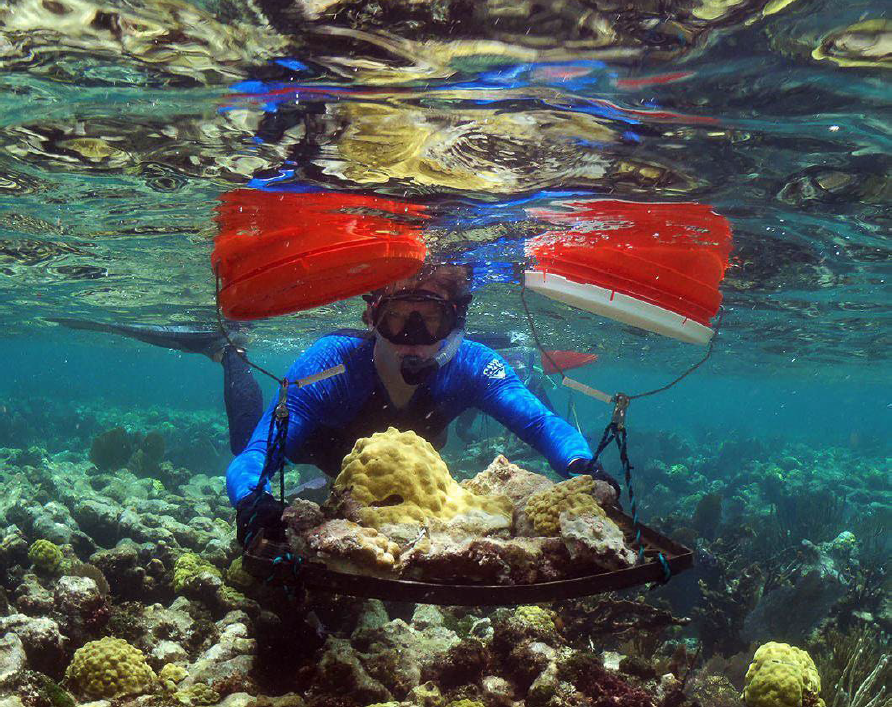
Rebuilding the ocean’s lost wonders is a challenge that touches us all. Supporting organizations that protect and restore reefs, reducing plastic use, and making ocean-friendly choices in daily life can all make a difference. Even small actions, like sharing the story of 3D-printed reefs, can inspire others to care. The ocean’s future depends on imagination, determination, and the belief that technology and nature can work hand in hand. Could we be the generation that saves the reefs for good?
The post
3D-Printed Reefs: How Artificial Structures Are Rebuilding Marine Habitats
appeared first on
Viral Buzz News
.
